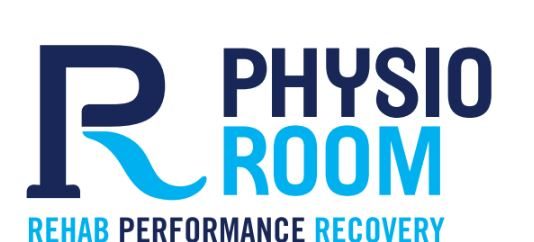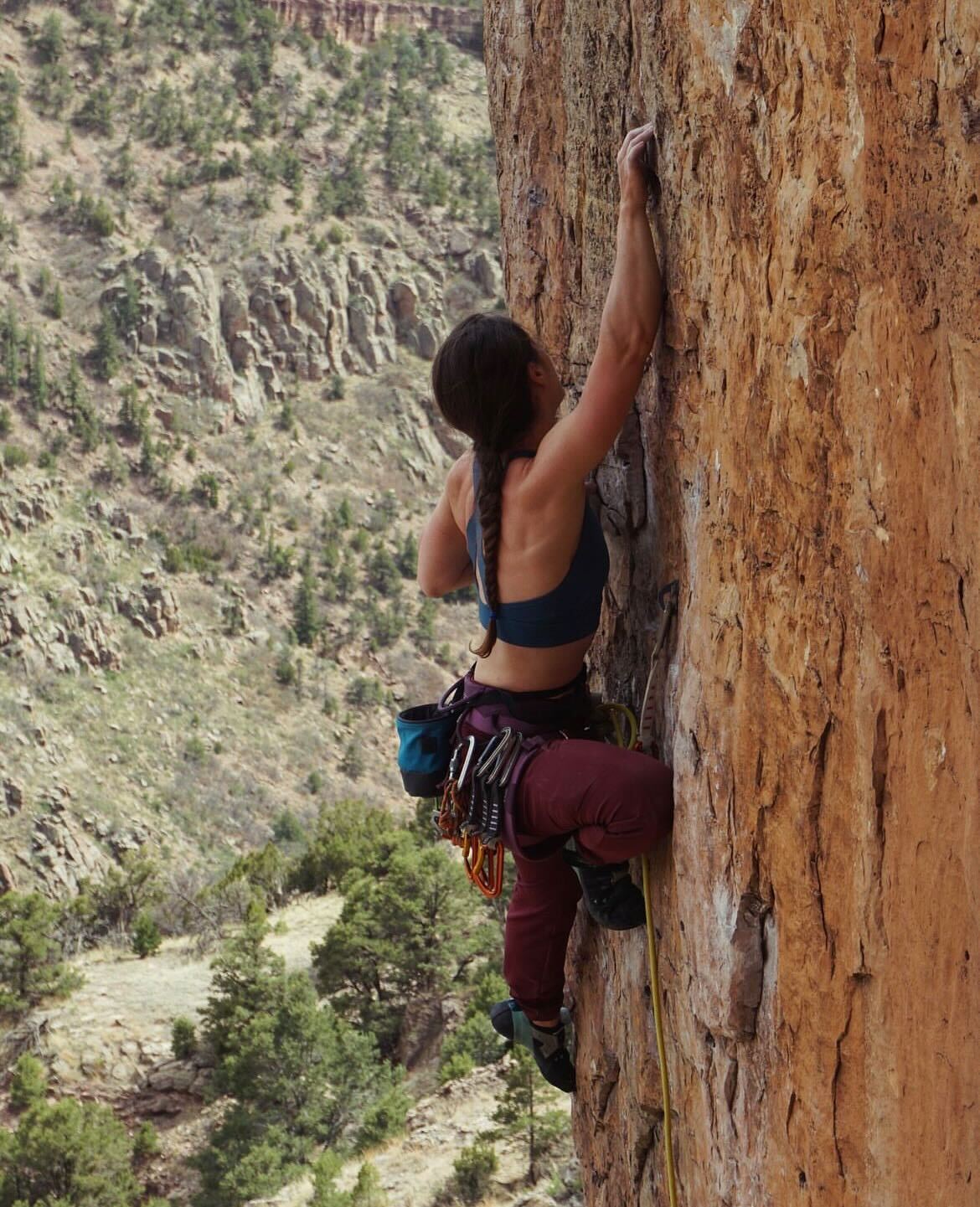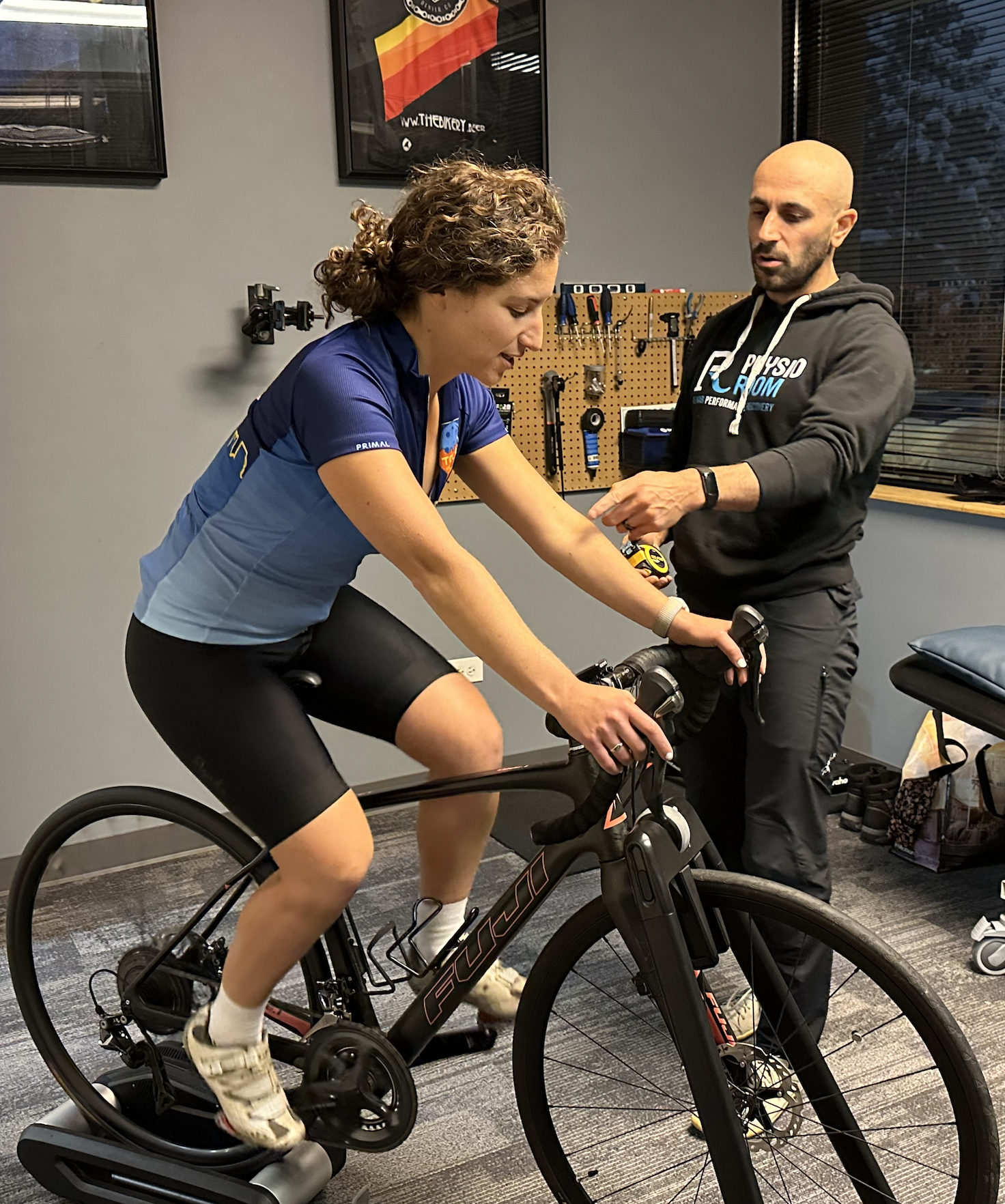Crafting Your Ideal Warm-Up: A Guide for Every Climber
Is your warm up setting you up for success? Spending over an hour warming up or none at all? If you start on a V0 and progress to your redpoint grade, your warm up might need tailoring for your specific needs.
The Importance of a Warm-Up
A warm-up lasting 10-15 minutes off the wall and continued on the wall, readies your body for climbing’s demands. Why does it matter?
A warm up reduces injury risk by increasing blood flow, ensuring muscles receive oxygen for optimal function. It regulates the nervous system, calming increased sensitivity in your body. For example, a previously injured hamstring may benefit from extra warm-up time, preventing soreness during climbs, especially those that may require a heel hook. A warm-up also helps prepare your body for the specific climbing movements and intensity you may be performing during your session. Achieving an RPE up to 7/10 is ideal.
Components of a Effective Warm-up
A warm up should consist of around 5 minutes of constant movement, like cardio, to increase your heart rate and send blood flow to your arms and legs.Think: the hike for your approach. You could also perform 5 minutes of a non-stop flow. Check out the video below for a 5 minute yoga flow specific to climbing required mobility/movements that can substitute 5 minutes of cardio.
Transitioning to weighted exercises that engage multiple body parts, known as global movements, during your warm-up is an excellent way to build comfort and strength in weight lifting. This strength foundation becomes particularly valuable for climbing, enhancing resilience, prolonging climbing sessions before fatigue sets in, reducing effort in approaches, and facilitating quicker recovery between climbs.
After the global movements, it is crucial to get specific, tailoring your warm-up to the moves you’ll be executing on the climbing wall and addressing your unique needs. Consider areas of perceived weakness, recurring injuries, or specific challenging wall maneuvers. This specific phase may vary from session to session, depending on your goals. Identifying project moves, assessing sore or weak areas of your body, planning training focus (endurance, power, strength), and recognizing fear-related beliefs about certain body parts can guide your warm-up customization.
For example, if you have a history of shoulder or elbow pain and tend to pull with your elbows sticking out, a warm-up similar to the one below may prove beneficial.
At the end of the day, if you are experiencing pain while climbing, it is important to get an assessment from a Physical Therapist that understands the demands of your body during climbing in order to understand how to get out of pain and feel healthy while climbing!






No responses yet